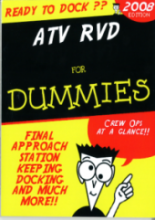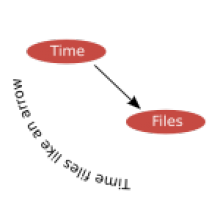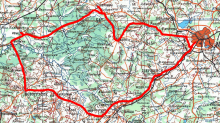A programme for a touristic trip around Belgium
The idea is simple. First, watch a quality movie about a place and the next day, go there to see it with your own eyes. The point is to find quality movies that get to the feelings and pass the atmosphere of the place.
Here are a few suggestions:
Start by watching In Bruges. It is a dark comedy telling the story of two Irish hitmen enjoying the beauties of Bruges. Upon arriving in town, walk over the Grote Markt and climb The Belfry. I may assure you that it will feel very different after watching the film.
Watch the story on the birth of the so-called "social catolicism" in an industrial city of Aalst at the turn of XIX in Daens.
Finish by the Girl with a Pearl Earring which depicts the life in a medieval dutch town through the imaginary story of one of the best known painting of Johannes Vermeer. Delft has kept its medieval centre largely intact, and you can still discover beautiful landscapes from the film in Delft's surroundings.
For completeness
Antwerp
Namur
A camera is following-up a killer as he moves around Wallonia to get his job done in Man bites dog.
Leuven
College freshmen drama Ad Fundum happens in the setting of the medieval city of Leuven.
Belgian coast
The sexual life of Belgians shown in Camping Cosmos and filmed in a camping on the belgian beach.



